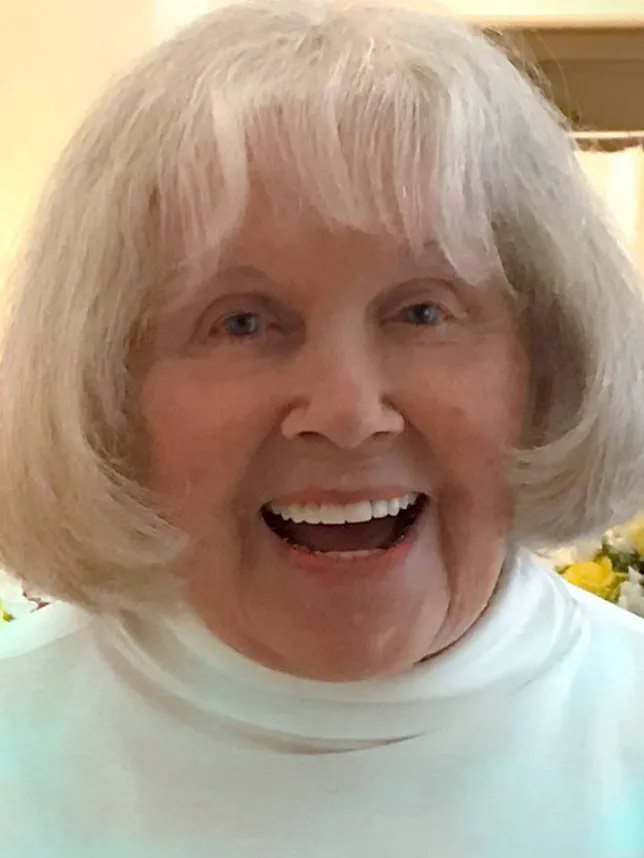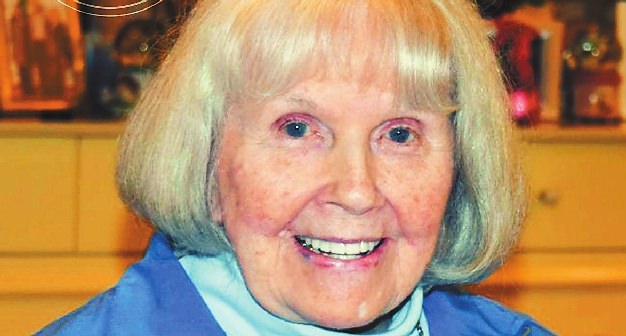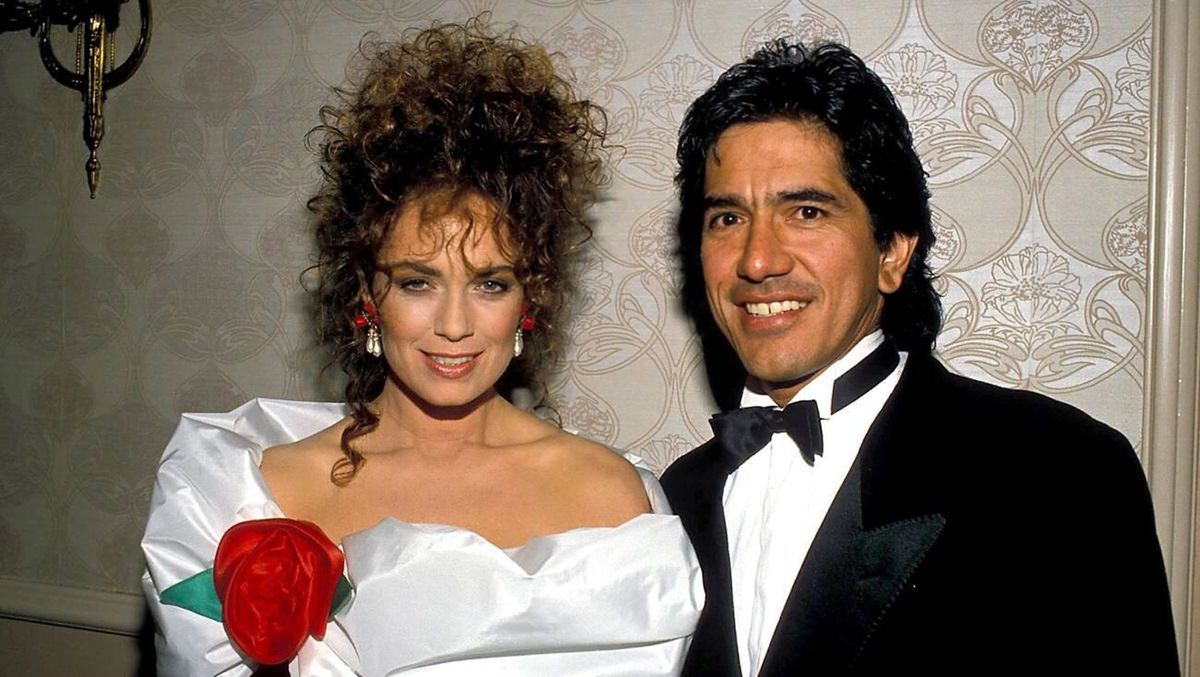In the twilight of her life, Doris Day lived a relatively quiet life away from the glare of Hollywood. She had long retreated from the hustle of movie sets and the public eye, dedicating much of her time to animal welfare—a cause close to her heart. Day resided in Carmel-by-the-Sea, California, a picturesque and tranquil town that offered her a peaceful environment. She was known to be an animal lover, and her commitment to her Doris Day Animal Foundation was a significant part of her daily life even in her final years.
Health and Privacy
Day valued her privacy, and details about her health were closely guarded. As such, not much was made public about her health struggles or specific issues as she aged. However, it was known that she had become more fragile with time, which is natural as one advances in age. Despite this, she maintained her advocacy work, continuing to communicate with fans and supporters of her foundation.
The Doris Day that people remembered from her cinematic heyday was evolving, adapting to the natural progression of age. This change was not broadcasted; there were no public announcements or press releases detailing any ailments or the inevitable fragility that comes with advancing years. Still, it was understood by the public and her fans that she was entering a delicate phase of life.
Even as age took its inevitable toll, Day’s dedication to her advocacy for animals remained unshaken. She continued to be the voice for those who couldn’t speak for themselves, and her foundation was a primary conduit for her unceasing efforts. Her interactions with the public, though rarer than in previous decades, never waned in warmth. When she did reach out to her fans or supporters of her foundation, it was with the same genuine affection and gratitude that had endeared her to millions.
In lieu of public appearances, Day often relayed messages through her foundation, offering insights into her life’s passion while carefully circumventing any personal health details. This approach allowed her to maintain an active presence in her advocacy work, keeping the focus on the cause rather than on herself. Her commitment was evident in the continuous work of the Doris Day Animal Foundation, which carried on championing welfare projects and initiatives in her name.
Her Passing
Doris Day passed away on May 13, 2019, early in the morning at her home in Carmel Valley. She was 97 years old. Her death was attributed to pneumonia, a condition that can be particularly serious in older adults. The news of her passing was confirmed by her foundation and through an official statement that highlighted her love for animals and the impact she had on the world through her charity work.
Doris Day’s last photo

Captured with warmth and joy, this final photo of Doris Day, taken on her 97th birthday on April 3, 2019, is a poignant memory etched in time. Merely a month before her peaceful passing, Doris is seen beaming with a radiant smile, her signature short grey bob framing her face—a picture of grace and contentment. In the celebration of her remarkable life, Doris shared her happiness with fans and cherished the outpouring of love from her Animal Foundation, which hosted a three-day commemorative event. This included a special 60th-anniversary screening of “Pillow Talk,” honoring the timeless legacy she crafted both on-screen and in the hearts of those she inspired.

Arrangements and Wishes
True to her unpretentious and straightforward nature, Doris Day made it clear that she did not want a funeral or a memorial service. She had also expressed that she did not want a grave marker. In line with her directives, no public funeral service was held. Her foundation stated that Day had been laid to rest in a private ceremony, attended by a few close friends and family members.
The final resting place of Doris Day is as enigmatic as the last years of her life, kept away from public knowledge and unmarked by any stone or memorial—a direct reflection of her desires for simplicity and privacy. In a world where celebrity graves often become tourist attractions or sites of pilgrimage for fans, Day’s choice stands out as a stark contrast, a final statement of her personal values and her lifelong penchant for understated elegance.
Her burial site, a location selected by those closest to her, remains undisclosed, ensuring that the serenity of her final resting place is preserved. The decision to forego a traditional grave marker is not only a testament to her humble nature but also speaks to a broader wish to avoid any fanfare even in death, allowing her to rest undisturbed.
Day’s insistence on privacy even in memoriam also indicates her desire to have her legacy centered around her life’s work and her philanthropic endeavors rather than a physical monument. It was a choice that allowed her to control her narrative and maintain the dignity she carried throughout her life, ensuring that her final message to the world was consistent with the principles she lived by.



